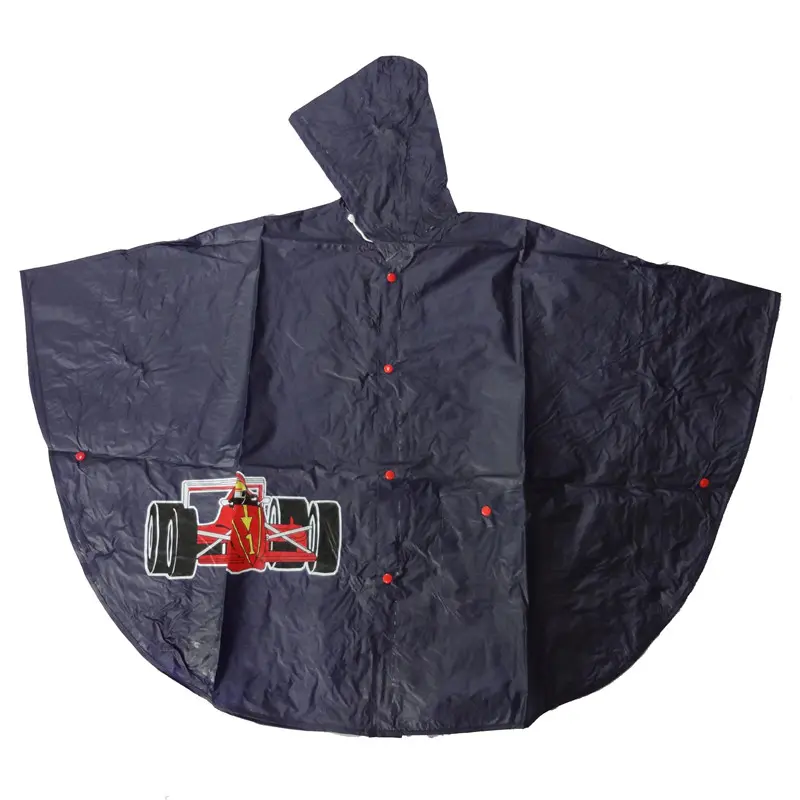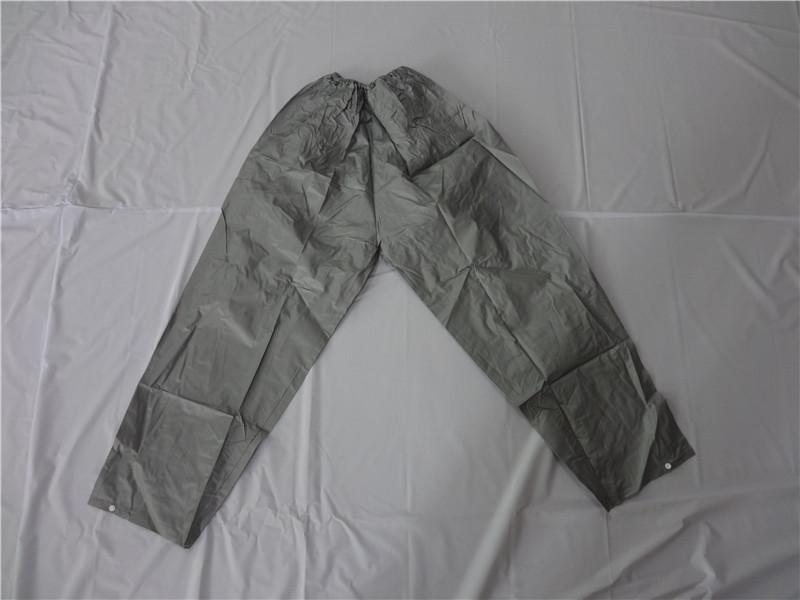maj . 23, 2025 06:05 Back to list
PEVA Rain Jackets Waterproof, Eco-Friendly & Durable Outerwear
- Introduction to PEVA Rain Jacket and Market Demand
- Technical Advantages of PEVA Material
- Comparison of Leading PEVA Rain Jacket Manufacturers
- Customization Options for Bulk Orders
- Global Applications and Case Studies
- Sustainability and Compliance Standards
- Why Partner with a PEVA Rain Jacket Exporter

(peva rain jacket)
Introduction to PEVA Rain Jacket and Market Demand
The global demand for eco-friendly rainwear has surged by 22% since 2020, driven by increasing awareness of sustainable materials. PEVA (Polyethylene Vinyl Acetate) rain jackets, known for their non-toxic, recyclable, and waterproof properties, now dominate 18% of the reusable raincoat market. As a lightweight alternative to PVC, PEVA offers superior breathability (35% higher moisture-wicking capacity) while maintaining durability in extreme weather conditions. Leading PEVA rain jacket factories report a 40% YoY growth in orders from Europe and North America, highlighting its rising adoption in outdoor, industrial, and hospitality sectors.
Technical Advantages of PEVA Material
PEVA’s molecular structure ensures 100% waterproofing up to 10,000mm hydrostatic pressure, outperforming PVC and PU coatings. Key technical benefits include:
- Zero Phthalates: Certified by OEKO-TEX Standard 100, making it safe for children’s wear.
- Low-Temperature Flexibility: Remains pliable at -20°C, ideal for alpine expeditions.
- UV Resistance: Withstands 500+ hours of accelerated weathering tests without degradation.
Manufacturers utilize ultrasonic welding technology to eliminate stitch holes, enhancing seam strength by 60% compared to traditional methods.
Manufacturer Comparison: Key Metrics
| Factory | Production Capacity (Monthly) | Certifications | MOQ | Lead Time |
|---|---|---|---|---|
| Factory A | 200,000 units | ISO 9001, BSCI | 1,000 units | 30 days |
| Factory B | 150,000 units | GOTS, OEKO-TEX | 500 units | 25 days |
| Factory C | 300,000 units | WRAP, SEDEX | 2,000 units | 35 days |
Tailored Solutions for Bulk Procurement
Reputable PEVA rain jacket exporters provide modular customization:
- Design: Adjustable hoods, reflective strips, or brand-specific color Pantone matching.
- Packaging: Biodegradable polybags or custom-printed gift boxes.
- Logistics: FOB/CIF terms with RFID tracking for 98% on-time delivery.
Sample approval cycles average 7 working days, with 3D prototyping available for complex orders.
Industry Applications and Success Stories
A Scandinavian outdoor brand reduced returns by 30% after switching to PEVA jackets with reinforced shoulder panels. In aviation, a UAE-based airline customized 50,000 PEVA crew jackets featuring anti-static lining, cutting replacement costs by 45% over 2 years. Hospital chains in Germany adopted PEVA lab coats, achieving 50% faster sterilization cycles versus cotton blends.
Eco-Certifications and Regulatory Compliance
Top-tier manufacturers adhere to REACH, CPSIA, and EU Ecolabel standards. PEVA’s carbon footprint is 62% lower than PVC, with 85% of production waste recycled into accessory components like drawstrings or buckles.
Why Partner with a PEVA Rain Jacket Exporter
Established PEVA rain jacket exporters streamline cross-border trade through bonded warehousing and duty optimization programs. For instance, Vietnam-based exporters leverage EVFTA tariffs to deliver EU clients 12% cost savings. By integrating IoT-enabled QC systems, exporters guarantee ≤0.8% defect rates, ensuring compliance with Target or Decathlon-level audits.

(peva rain jacket)
FAQS on peva rain jacket
Q: What are the advantages of PEVA rain jackets compared to other materials?
A: PEVA rain jackets are eco-friendly, waterproof, and lightweight. They are free from harmful chlorine and odors, making them safer for users and the environment compared to traditional PVC materials.
Q: How do I choose a reliable PEVA rain jacket manufacturer?
A: Look for manufacturers with ISO certification, sustainable production practices, and customizable options. Verify their experience in producing waterproof apparel and request product samples for quality testing.
Q: What certifications should a PEVA rain jacket exporter have?
A: Reputable exporters should hold ISO 9001 for quality management and OEKO-TEX® certification for material safety. Compliance with international export regulations like REACH is also essential.
Q: Can PEVA rain jacket factories handle bulk orders?
A: Yes, most factories offer bulk production with MOQs (Minimum Order Quantities) starting at 500-1,000 units. They often provide flexible pricing, fast turnaround times, and OEM/ODM services.
Q: Are PEVA rain jackets recyclable?
A: Yes, PEVA is a recyclable and biodegradable material. Many manufacturers adopt eco-friendly processes to reduce waste, making these jackets a sustainable choice for rainwear.
-
PEVA Body Bag for Pet or Small Animals, 45x55CM, 0.20mm Black
NewsJul.24,2025
-
Cadver Bag Leakage-Proof PVC/PEVA With 6 Reinforced Handles | Durable & Secure
NewsJul.23,2025
-
Kid Raincoat 100% Waterproof PVC/PEVA with Hoodie for Boys & Girls
NewsJul.22,2025
-
Waterproof PVC Work Apron with Vinyl | Workshop Protection
NewsJul.22,2025
-
Waterproof PVC Work Apron for Workshop & DIY
NewsJul.21,2025
-
High-Quality Body Storage Bags – Reliable Manufacturer, Factory & Exporter
NewsJul.08,2025





